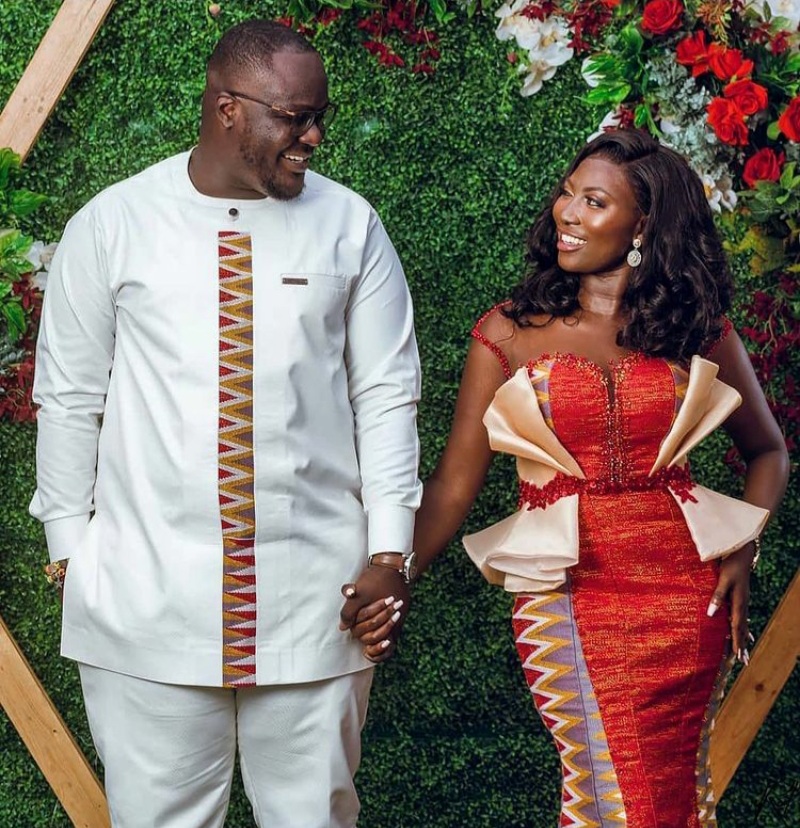
Kente cloth, with its intricate patterns and vibrant colors, stands as a testament to Ghana’s rich cultural heritage and artistic excellence. Originating from the Ashanti Kingdom in the 17th century A.D., Kente is not merely a fabric but a symbol of prestige, history, and identity.
The art of Kente weaving is deeply rooted in ancient African traditions, tracing its lineage back to approximately 3000 BC. This storied history is a blend of legend and factual accounts, adding to the allure and mystique of Kente.
Osei Tutu, the visionary King of the Ashanti Kingdom, played a pivotal role in elevating Kente to its esteemed status. Recognizing the artistry and potential of this craft, he commissioned skilled weavers from neighboring regions, inviting them to master the intricate techniques of Kente weaving in the Ivory Coast.
Upon their return to Ghana, these master weavers began crafting Kente exclusively for the royal family, reflecting its association with nobility and royalty. Over time, these artisans infused their unique styles and interpretations into the fabric, giving rise to diverse Kente patterns that symbolize different meanings, occasions, and statuses within the community.
Today, Kente remains a cherished emblem of Ghanaian culture, worn proudly during significant ceremonies, festivals, and celebrations. Its enduring legacy serves as a vibrant reminder of Africa’s rich textile traditions and the timeless allure of Kente cloth.
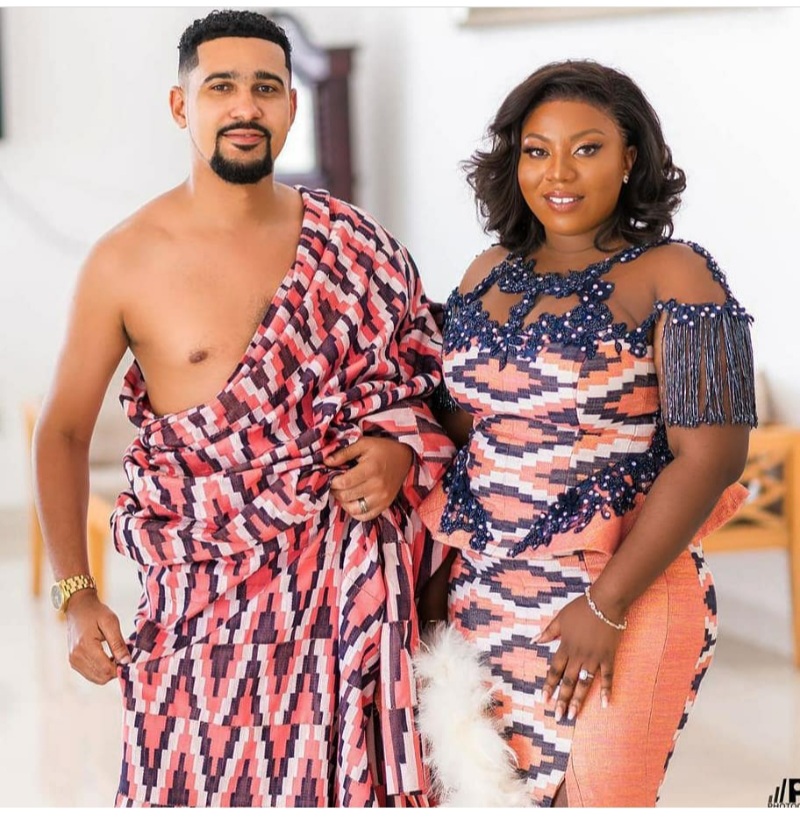
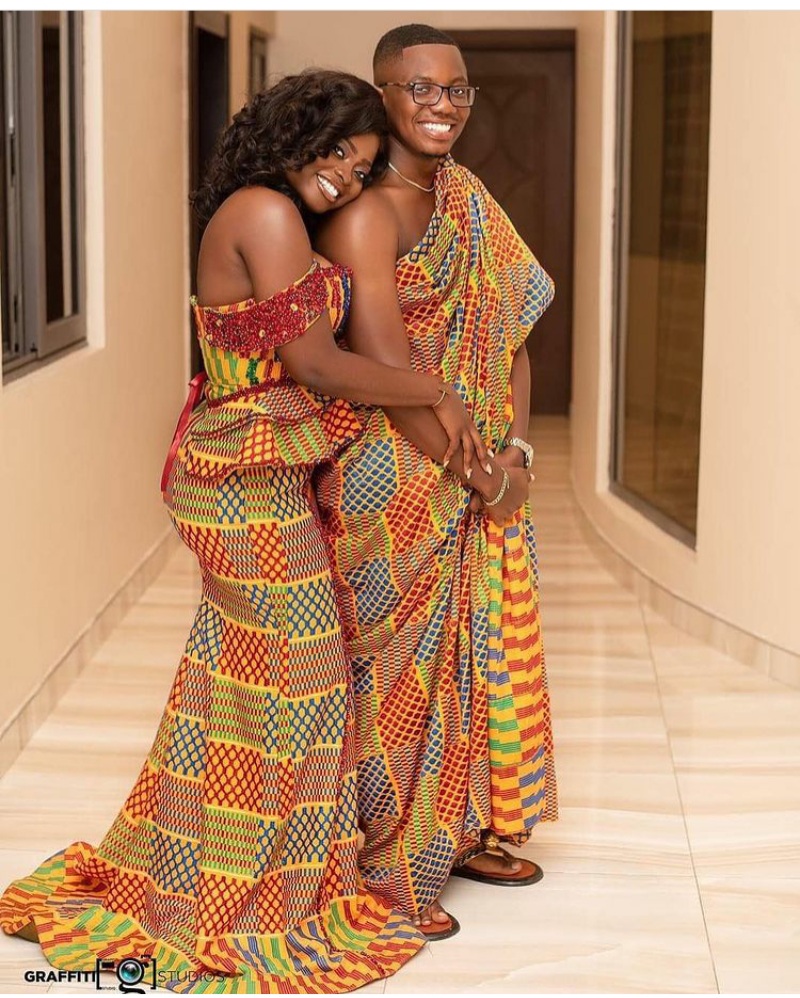
How kente is made
Materials for weaving kente
The raw materials used for weaving kente include:
- Cotton (grown in the north of Ghana)
- Silk (very expensive and was the traditional thread used)
- Rayon (synthetic fibre)
- Metallic thread (adds shine to the cloth)
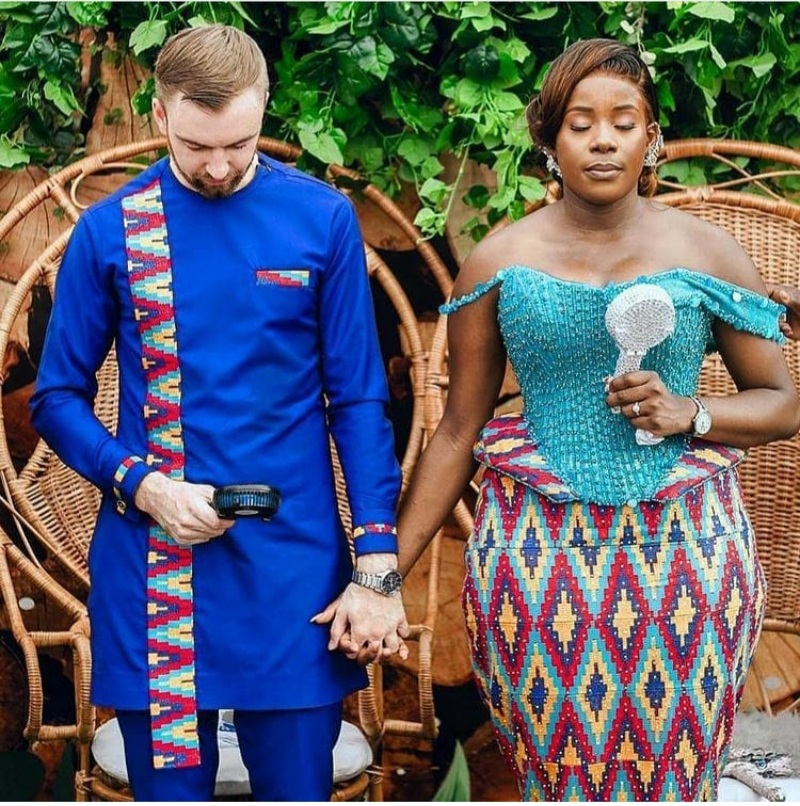
Method
The intricate process of crafting Kente fabric involves a blend of ancient techniques, traditional tools, and rhythmic rituals. The vibrant colors that adorn Kente fabric owe their brilliance to natural dyes, often derived from locally sourced materials like tree bark or leaves. These organic dyes not only produce vivid hues but also possess remarkable longevity, ensuring that the colors retain their vibrancy over time without fading.
The art of weaving Kente is a labor-intensive craft, predominantly executed on antique looms that have been passed down through generations. The weavers’ hands and feet dance rhythmically across the loom, each movement orchestrated with precision and skill. Nestled between their toes, a needle deftly threads the warp, while the weft is skillfully inserted using a shuttle that glides seamlessly from left to right.
Amidst this intricate ballet of weaving, the ambient sounds of the Kente loom music resonate through the workshop. This rhythmic chant, characterized by its distinctive “kro-kro-kro” and “hin-hin-hin” cadence, serves as a spirited accompaniment to the weaving process, infusing the workshop with energy, camaraderie, and a profound connection to Ghana’s rich cultural heritage.
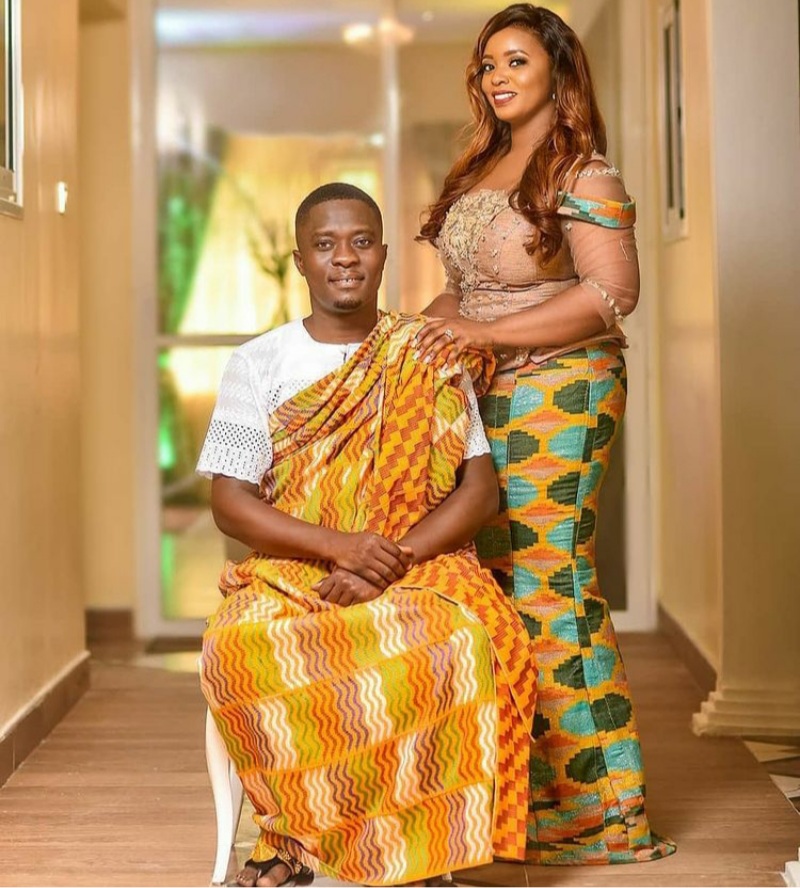
Today, Kente transcends its royal origins and stands as a revered symbol of Ghanaian heritage. While still proudly worn by Ashanti royals, its vibrant patterns and colors are now embraced by all, marking significant cultural celebrations like weddings and engagements. Kente’s widespread appeal underscores its enduring significance and the universal pride it evokes across Ghanaian society.
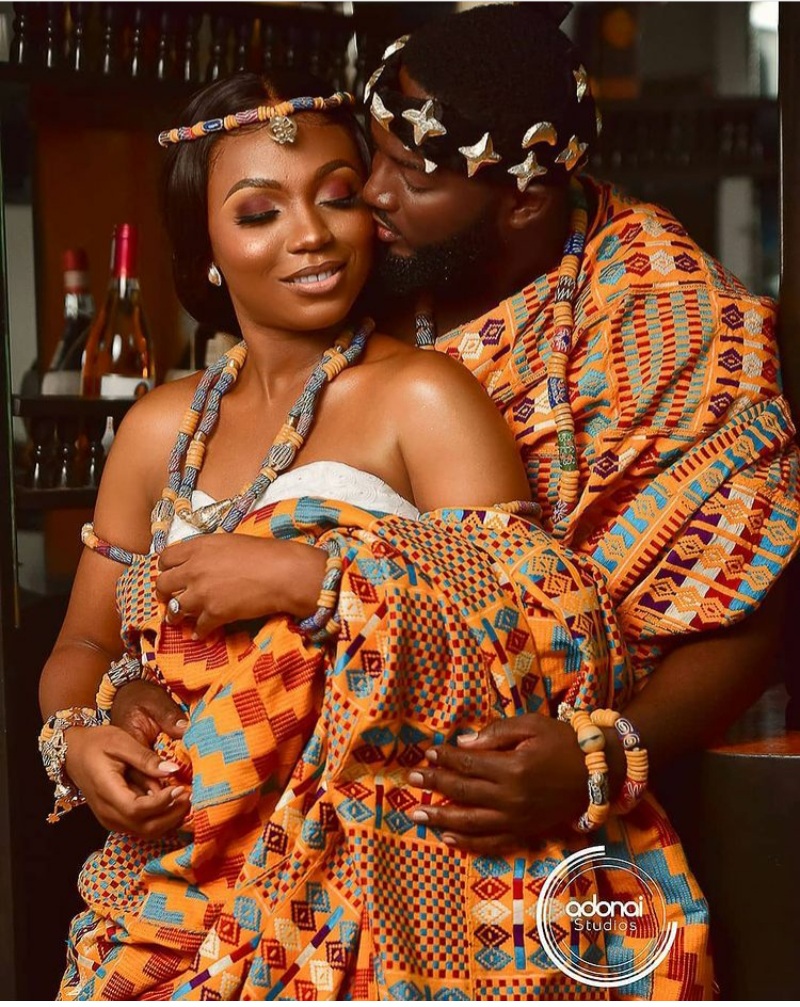
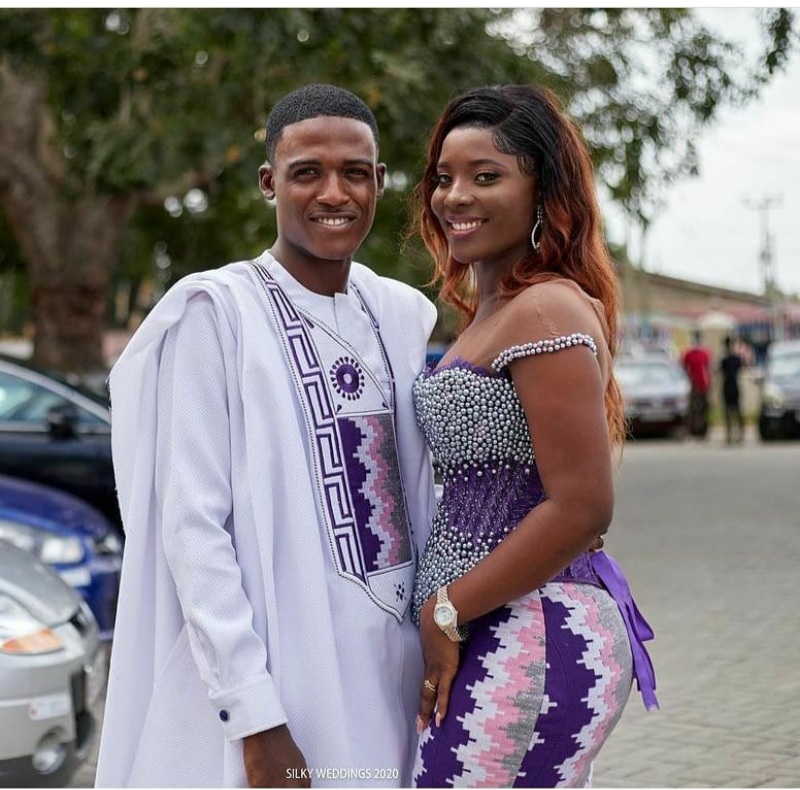
In contemporary Ghanaian culture, Kente has seamlessly woven itself into the fabric of traditional weddings, becoming an emblematic choice for couples looking to honor their heritage. Brides often transform the rich Kente fabric into stunning ensembles, crafting tailored kaba with slits—elaborate blouses paired with flowing skirts—or choosing from an array of elegant dress designs that accentuate the fabric’s intricate patterns.
Grooms, too, embrace the splendor of Kente, either draping the cloth in regal fashion or fashioning it into tailored Kaftans or Agbada outfits that harmonize with the bride’s attire. The anticipation surrounding a Ghanaian wedding often centers on the bride’s Kente ensemble, a testament to the fabric’s revered status and the transformative beauty it lends to any occasion.
Kente’s versatility extends to its compatibility with various accessories. Whether adorned with gold, silver, or beaded embellishments, Kente effortlessly complements and elevates any accessory choice, allowing couples the freedom to personalize their wedding attire while celebrating their cultural roots. In the realm of Ghanaian weddings and engagements, Kente remains a timeless and cherished choice, embodying love, tradition, and unparalleled elegance.
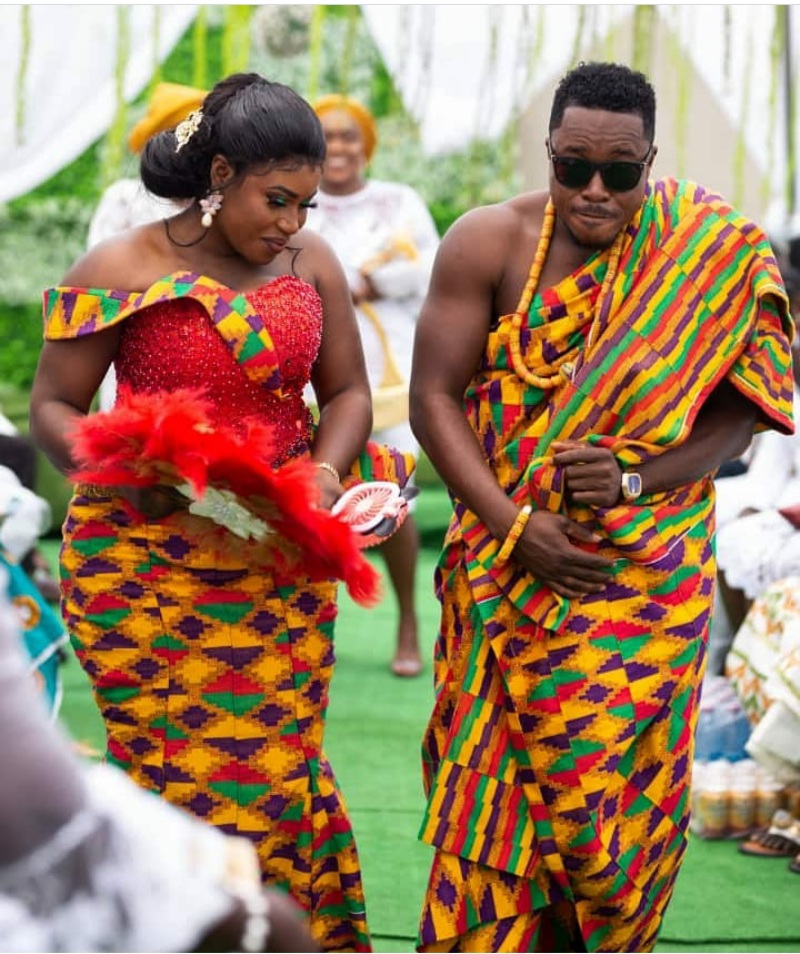
Related Posts
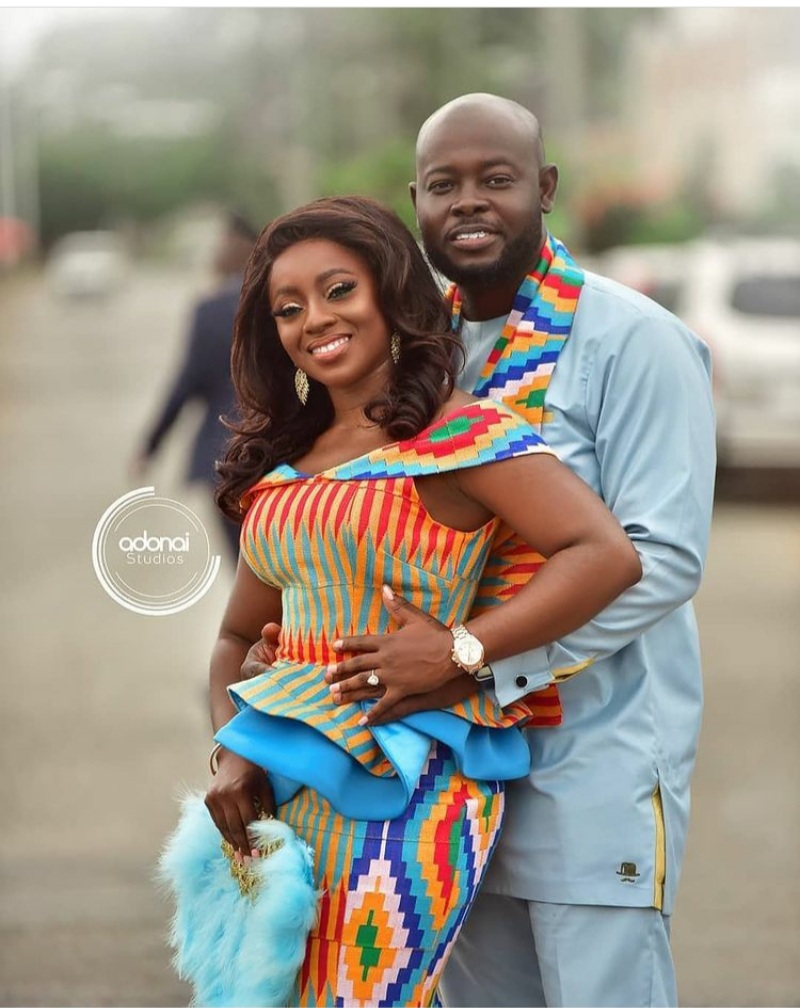
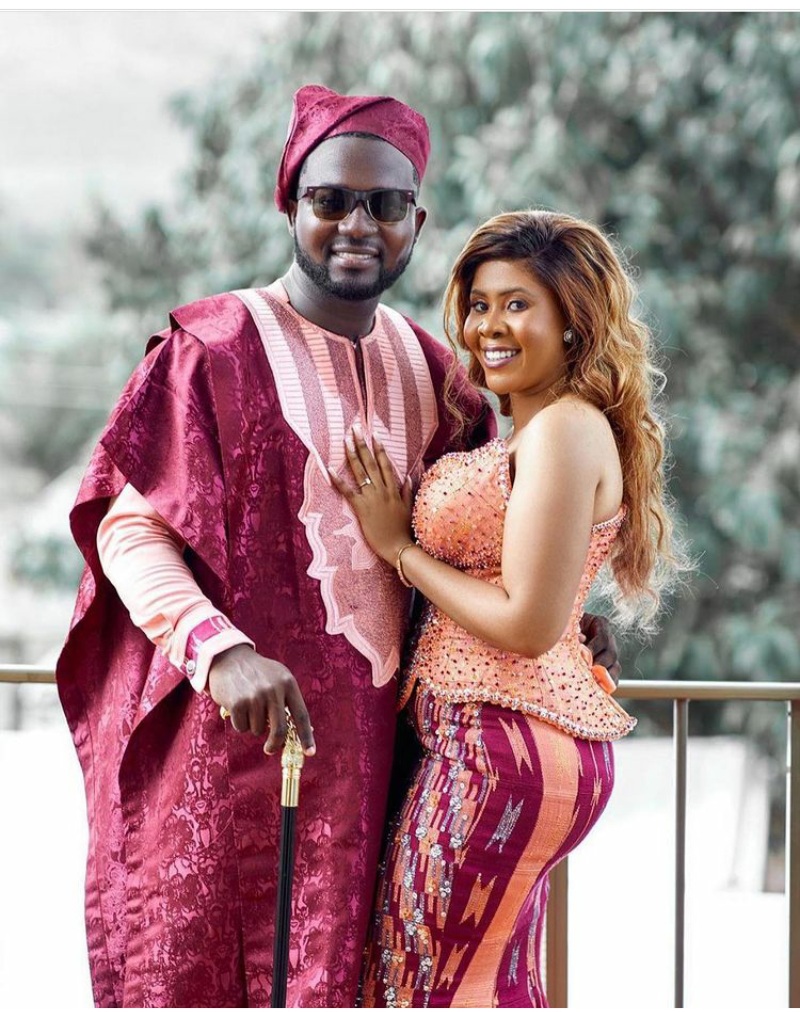

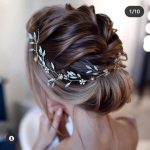




Great post,oh my goodness, I love this beautiful and perfect Ghana Kente ladies Styles I am seeing here,I think you deserve an award for this.